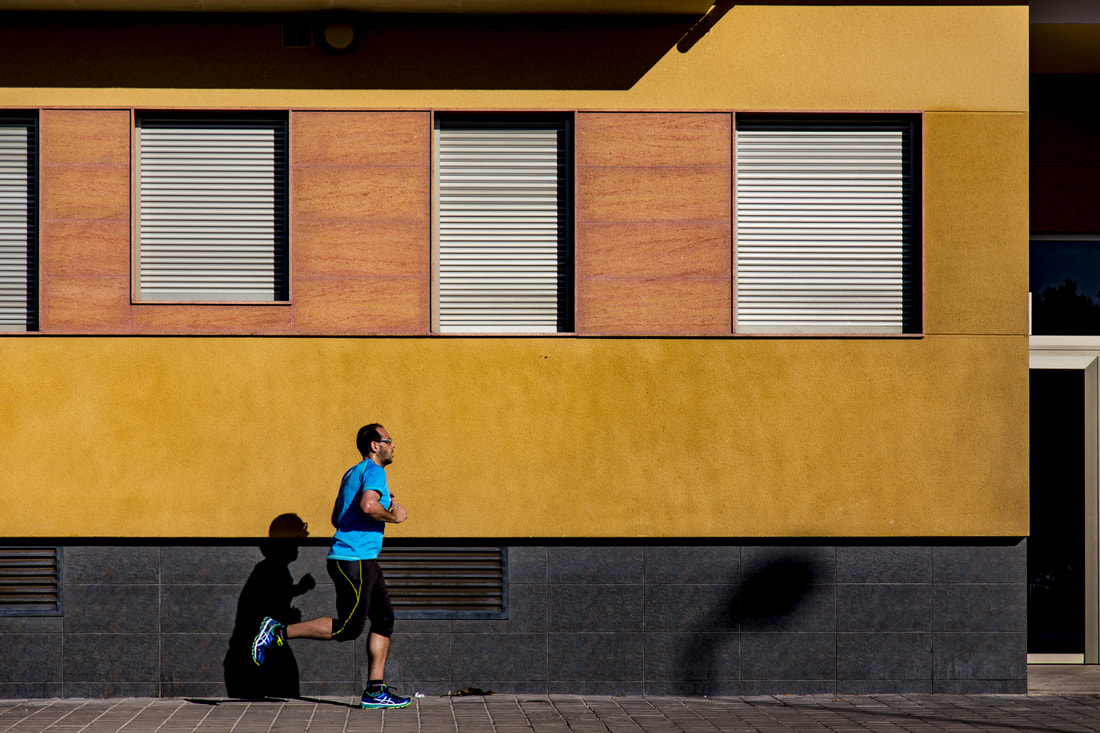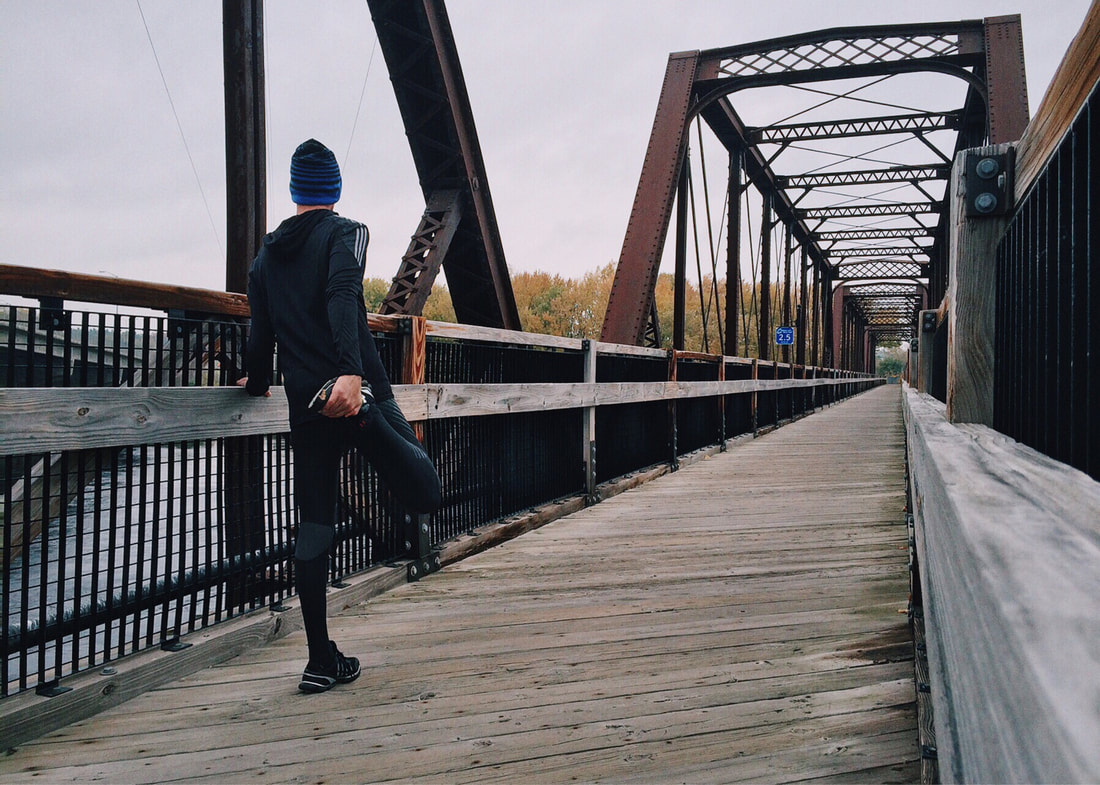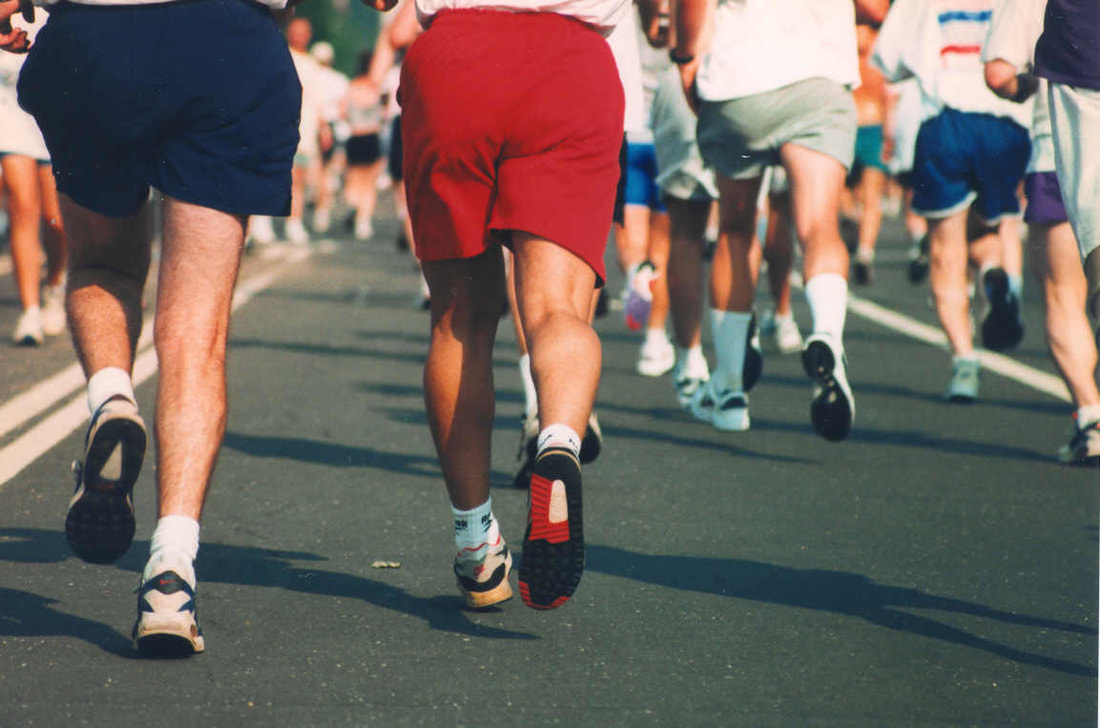|
11/30/2017 Six Ways to Improve Your Running Performance This Offseason - Part V: Running Related AgilityRead NowAgility Training Increases Your Durability & Enhances Your Running Performance On the macroscopic level, running is predominantly a one-dimensional exercise. When looking at each joint, however, you will find three dimensional movement. Because of this multidimensional movement, runners of all levels should use training that incorporates all three planes of motion. An agility program is a great way to integrate non-linear movement into any running routine. Among other things, agility training challenges vision, dynamic balance, coordination, strength, power, and acceleration/deceleration capabilities. For this reason, it is a great supplementary workout for runners. Agility training has been shown to improve more than just athletic prowess. A military study looked at how an agility program affected the participant’s endurance, athletic tests, and cognitive function. The group performing agility training improved their VO2 Max, athletic footwork, memory, and concentration. It is theorized that agility training takes advantage of the principle of neuroplasticity, or the brain’s ability to change its connections and behavior in response to new information and sensory stimulation. Consider picking up an agility ladder on Amazon for $13, or build your own for less than $5. Ideally, an agility program will address all three planes of human movement: sagittal (forward and backward), frontal (side-to-side), and transverse (rotations parallel to the ground). Want to incorporate agility but not interested in agility ladder training? Consider trying trail running first. This form of running requires greater balance and agility as compared to road or track running, so it could be an alternative or supplement to a more structured program. Below are my go-to agility drills split into the three different planes of movement. While it may be hard to break a strict running routine, supplementing footwork and agility drills 1-2 times per week might just be enough to break that recent plateau and set a new personal record. Just be careful, agility training, like faster running, creates dramatically more force than your body may typically be used to controlling. So take it easy the first few times you attempt any agility training, and consider meeting with a member of our team at Forefront to develop your ideal, individualized program. Sagittal Plane AgilityFrontal Plane AgilityTransverse Plane AgilitySingle Leg Agility/Stability |
Details
Forefront AuthorsWe love writing about injury prevention and functional exercise. We want everyone to share in our motto: movement for a healthy life! Archives
June 2020
Categories
All
|
Signup To Be At The Forefront Of Injury Recovery & Fitness Tips!
Get out of pain and move better!
Scheduling & Inquiries
hello@forefrontpllc.com
Call or Text: (206) 279-2870
Fax: (206) 279-2872
Mailing Address
Forefront Physical Therapy ● 2212 Queen Anne Ave N #333 ● Seattle, WA 98109
Scheduling & Inquiries
hello@forefrontpllc.com
Call or Text: (206) 279-2870
Fax: (206) 279-2872
Mailing Address
Forefront Physical Therapy ● 2212 Queen Anne Ave N #333 ● Seattle, WA 98109
Billing Questions
cclemmons@omnimbs.com
cclemmons@omnimbs.com
Movement For A Healthy Life
Employment Opportunities
Forefront Physical Therapy operates on an entirely paperless system
Frequently Asked Questions
Employment Opportunities
Forefront Physical Therapy operates on an entirely paperless system
Frequently Asked Questions
© 2023 Forefront Physical Therapy, PLLC





 RSS Feed
RSS Feed
